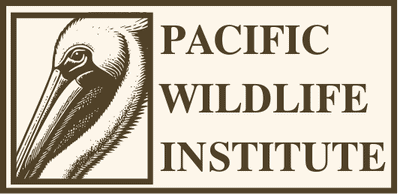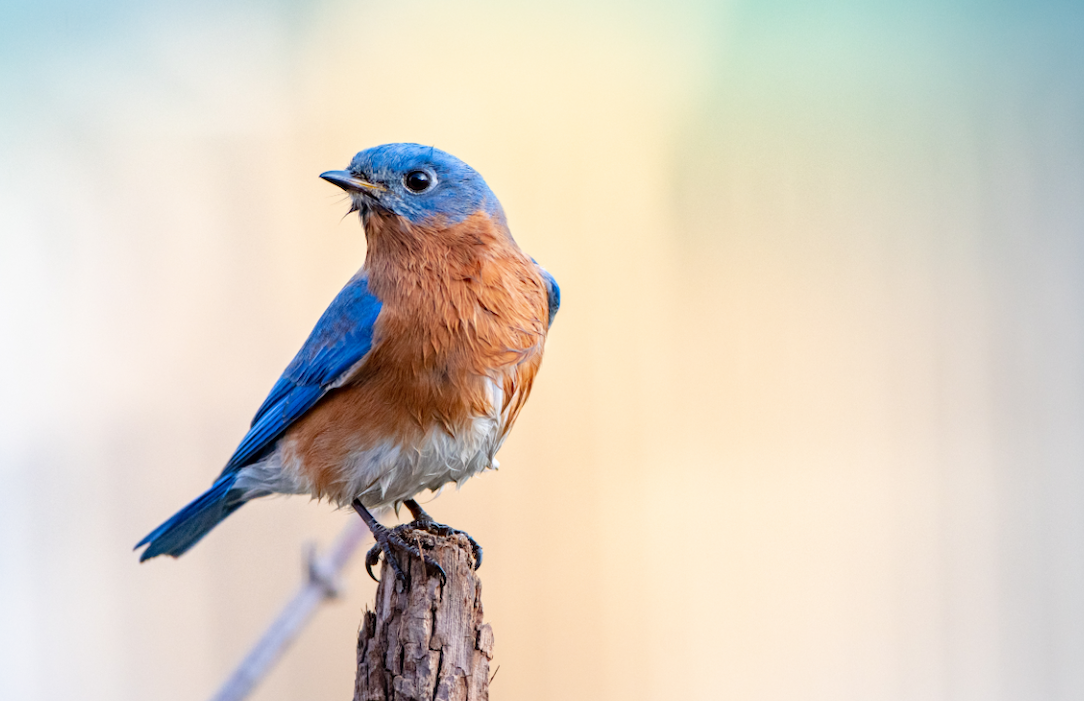Scientific Name and Classification
• Scientific Name: Sialia mexicana
• Family: Turdidae
• Order: Passeriformes
Common Names
• Western Bluebird
Description
The Western Bluebird is a small thrush with a length of about 6 to 7.5 inches. Males have vibrant blue upperparts and a rusty chest, while females are less colorful, with grayish-blue wings and tail and a more subdued orange-brown breast. Both sexes have a rounded head and a straight, short bill.
Distribution and Habitat
Western Bluebirds are found across western North America, from British Columbia down through Mexico. They inhabit open woodlands, forest clearings, and fields, often at the edges of more densely wooded areas. They are also commonly seen in suburban settings with suitable nesting sites.
Behavior
These birds are social and often seen in small flocks, especially outside the breeding season. They are territorial during breeding but may gather in large flocks during winter. Western Bluebirds are cavity nesters, often relying on old woodpecker holes or artificial nest boxes.
Diet
Their diet mainly consists of insects and berries. During the breeding season, insects dominate their diet, while in the winter, they rely more heavily on fruit.
Reproductive Information
The breeding season begins in early spring when males establish territories. Females lay 4-6 pale blue or, rarely, white eggs. The female incubates the eggs for about 14 days, and the young fledge approximately 20 days after hatching. They often have two broods per year.
Conservation Status
The Western Bluebird is classified as Least Concern by the IUCN, although local populations can be affected by loss of habitat and competition for nesting sites.
Ecological Role
As insectivores, Western Bluebirds help control insect populations. Their preference for berries also aids in the dispersal of many plant species.
Research and Observation
Research has focused on their nesting habits, effects of habitat alteration, and competition with other cavity nesters like the House Sparrow.
Management Strategies
Efforts to conserve the Western Bluebird include preserving open woodland habitats, controlling invasive species that compete for nesting sites, and providing nesting boxes in suitable habitats.
How to Attract Western Bluebirds to Your Property
1. Provide Nesting Boxes: Install appropriate-sized nesting boxes to attract breeding bluebirds. These should be placed in open areas but near trees or bushes to provide cover.
2. Preserve Natural Habitat: Maintain a landscape that includes native trees and shrubs, especially those that produce berries during the fall and winter.
3. Offer Water Sources: A clean and shallow birdbath can attract bluebirds and provide a vital resource during hot and dry periods.
4. Plant Native Berry-Producing Plants: Including native plants like dogwood, elderberry, and serviceberry can provide food and attract bluebirds throughout different seasons.
5. Avoid Pesticides: Minimizing pesticide use helps maintain healthy populations of insects, which are crucial for feeding bluebirds, especially when they are raising young.
Creating a bluebird-friendly environment involves providing essential resources like food, water, and shelter through thoughtful landscaping and habitat management.
Click “Buy a Nestbox” below to start making your property a suitable habitat for Western Blue Birds


